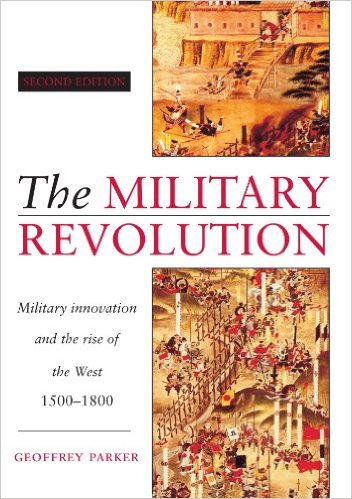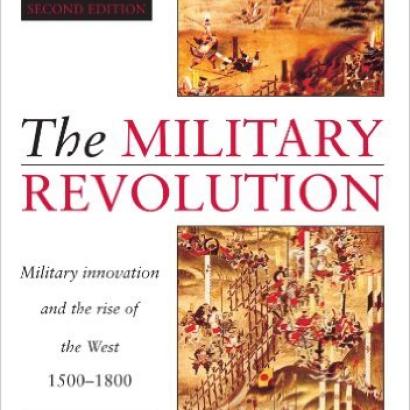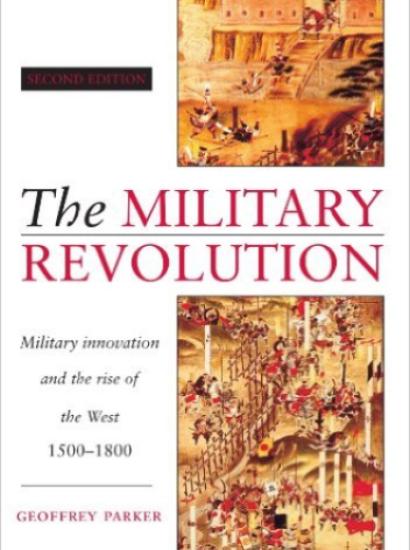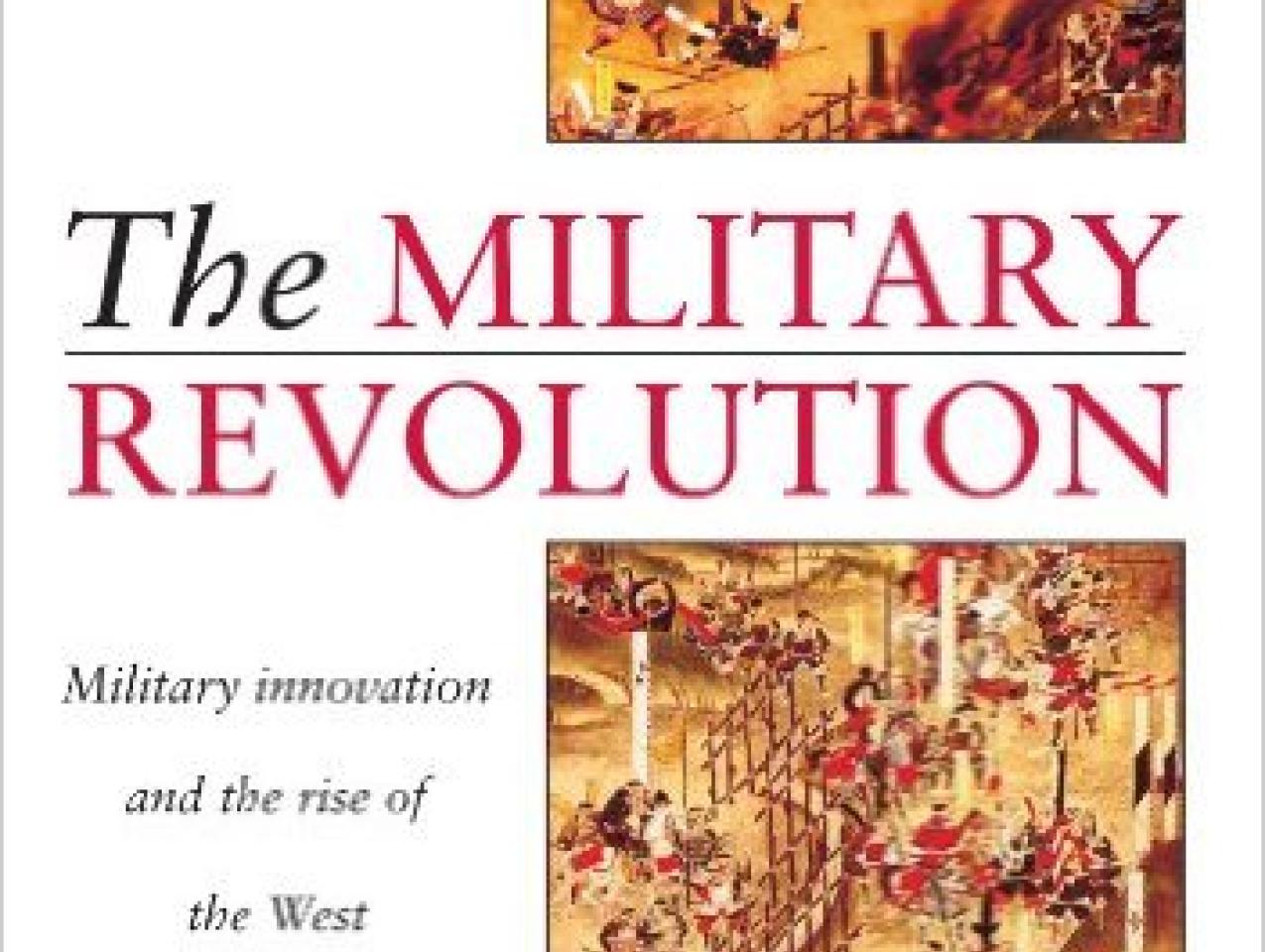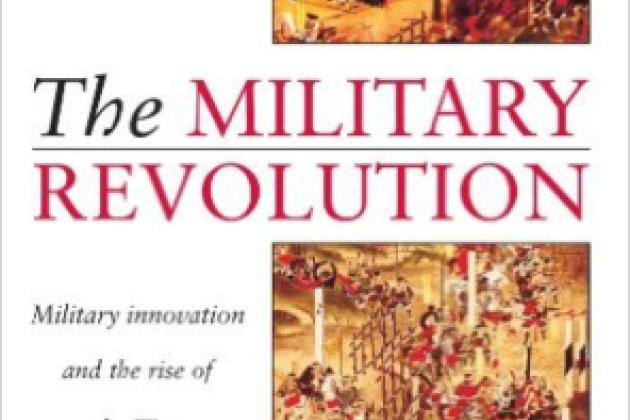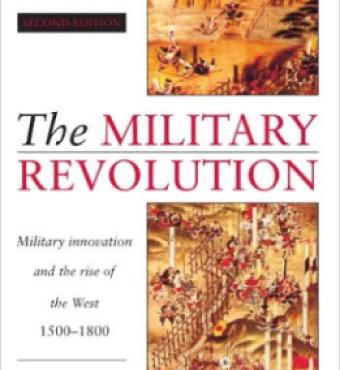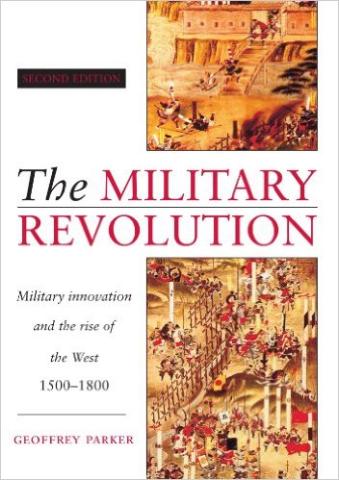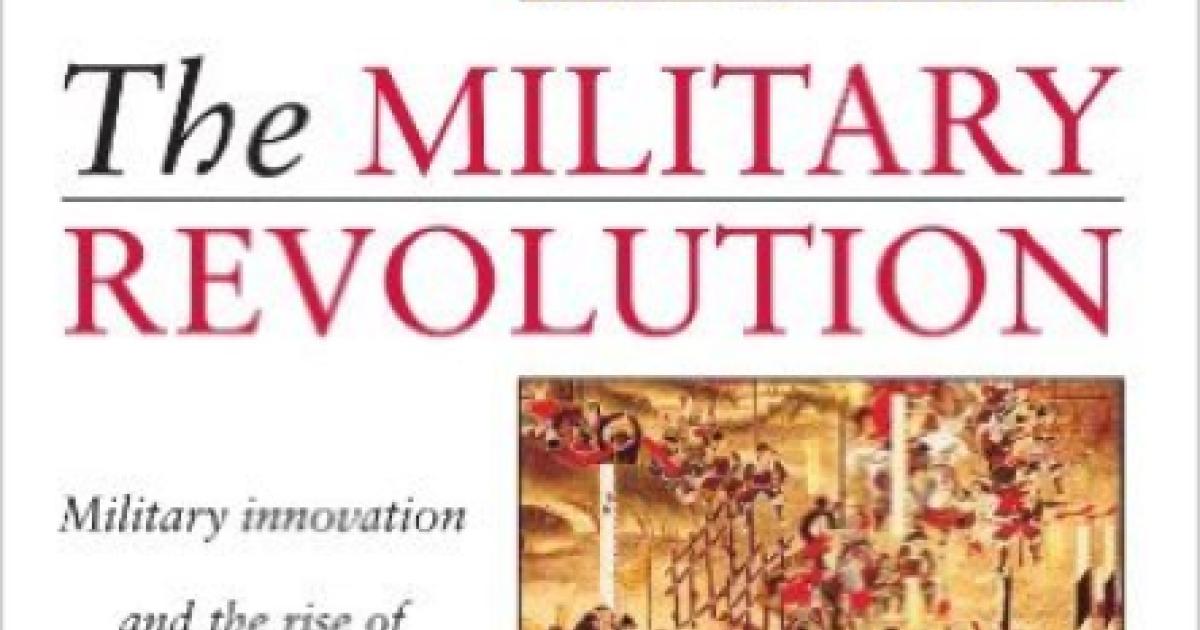- History
- Military
The advent of gunpowder weapons dramatically changed warfare during the late Middle Ages and early modern periods. Gunpowder was a Chinese invention. Why then was it the West that came to adopt it so completely and use the weaponry designed to employ it to put itself in a position to dominate much of the world by the 19th century? This is the focus of Geoffrey Parker’s classic, The Military Revolution. The lack of a regional hegemon in Europe resulted in continual warfare and the search for military advantages. Europeans were willing to adopt new technologies from wherever they emerged and adapt and improve them for military use.
The most dramatic example is the advent of siege artillery, which in a matter of decades in the 15th century made obsolete most of the castles and other fortifications built over the previous millennium. The response to gunpowder artillery was the development of the trace italienne, a new type of longer, lower, angled fortification able to resist the impact of heavy cannonballs. These fortifications were also more extensive than the ones they replaced, requiring more men to defend them and more expansive armies to besiege them. Land armies were revolutionized by new gunpowder weapons, improved formations, and the return of classic drill to military units. Navies were also reformed to take advantage of sail and maximize the firepower of cannon. These new weapons, fortifications, armies, and navies were expensive; so much so that only a few monarchs could afford them. Those that failed to adapt were left in the dustbin of history as they were swallowed up by their more powerful neighbors. The military revolution led to the formation of states as we know them today—states created to build and sustain military power in an arms race that ended with Western domination of much of the planet.







